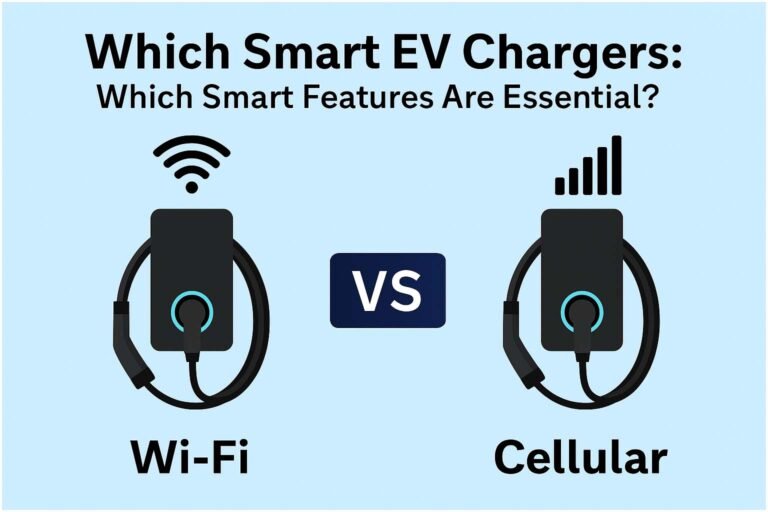The Rise of LFP Batteries: Are They the Future of EVs?
Introduction
If you drive an electric vehicle (EV) in the U.S. today, chances are it has an energy-dense NMC lithium-ion battery. But there’s another battery chemistry gaining traction—LFP (Lithium Iron Phosphate). While it has been widely used in China, LFP batteries are now expanding into the global EV market. Let’s explore the advantages, disadvantages, and future potential of LFP battery technology.
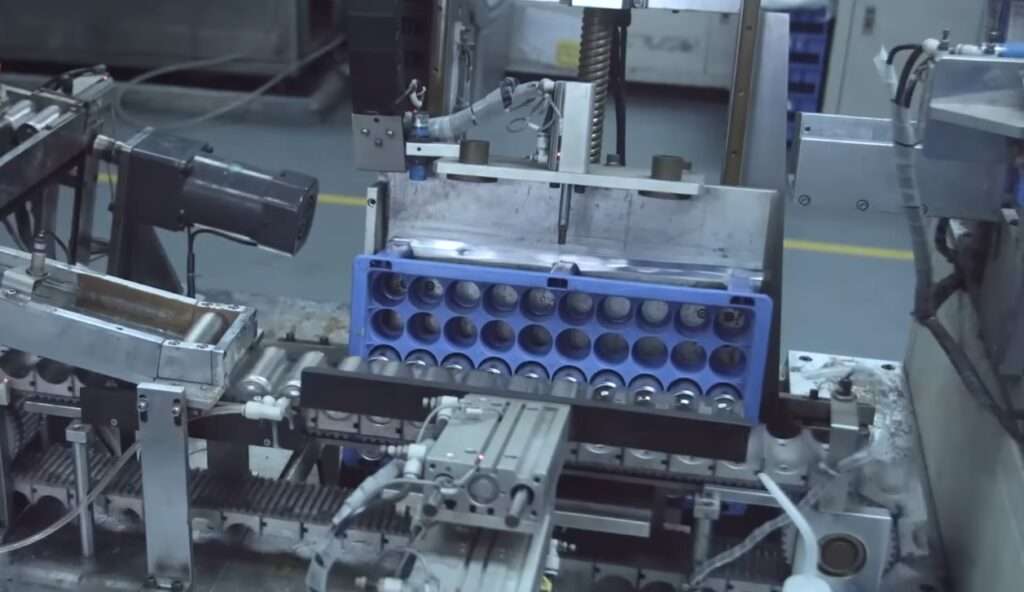
Two Major EV Battery Types
Understanding NMC and LFP
There are numerous lithium-ion battery chemistries, but in the automotive world, two dominate:
- NMC (Nickel Manganese Cobalt): This is the most common battery type in U.S. EVs, offering higher energy density and better performance in high-power applications.
- LFP (Lithium Iron Phosphate): Gaining traction for its longer lifespan, lower cost, and improved safety.
While NMC batteries currently dominate the U.S. market, LFP technology is growing quickly for good reasons.
Where Are LFP Batteries Used?
According to the International Energy Agency (IEA), 95% of LFP batteries in light-duty vehicles are installed in models produced in China. Notable manufacturers using LFP include:
- BYD: Produces 50% of all LFP-equipped EVs.
- Tesla: 15% of its vehicles use LFP, with most manufacturing happening in China.
In the U.S., LFP battery availability is still limited, but the following vehicles feature them:
- Ford Mustang Mach-E (entry-level version)
- Tesla Model 3 (standard range)
- Mercedes-Benz eSprinter
- Rivian R1S and R1T (standard battery pack in 2025 models)
- Rivian Electric Delivery Van
Expect LFP adoption to increase in the coming years as automakers seek more affordable and safer battery options.
The Future of LFP Battery Growth
According to Wood Mackenzie, a firm specializing in energy analytics:
- LFP battery production is expected to overtake NMC by 2028.
- Global LFP battery capacity will grow fivefold by 2030.
- China’s dominance in battery manufacturing (currently 90%) is expected to drop to 69% by 2030.
These trends indicate that LFP batteries are here to stay and will likely become a major player in the EV market.
LFP vs. NMC: Pros and Cons
Advantages of NMC Batteries
- Higher energy density, resulting in longer range.
- Better performance for high-power applications.
- Faster DC charging speeds, though this depends on thermal management systems.
Advantages of LFP Batteries
- Longer lifespan: LFP can withstand more charge cycles without degrading.
- Safer chemistry: Lower risk of thermal runaway (fires).
- Lower cost: No expensive metals like cobalt or nickel.
- Can be charged to 100% without degradation, unlike NMC batteries.
Should You Charge an LFP Battery to 100%?
Some debate exists over whether LFP batteries should be frequently charged to 100%. A study by the Journal of The Electrochemical Society found that charging from 75% to 100% repeatedly causes more damage than 0% to 25%. However, Tesla and Ford explicitly recommend charging their LFP-equipped EVs to 100% regularly, so always follow manufacturer guidelines.
Downsides of Each Battery Type
NMC Battery Disadvantages
- Higher cost, due to rare materials like cobalt.
- Less safe, with a greater risk of overheating and fires.
- Prefers charging to 80% rather than 100%, limiting full-range usability.
LFP Battery Disadvantages
- Lower energy density, meaning less range or a larger battery pack is needed.
- Slower DC fast charging, but this may depend on the vehicle’s cooling system.
- Not ideal for high-performance EVs, as they are bulkier and heavier.
Which EVs Will Get LFP Batteries in the Future?
LFP batteries may not be ideal for high-performance EVs like a BMW M-series or a Corvette EV, but they are perfect for mass-market electric vehicles. Automakers are adopting LFP technology for affordability, safety, and longevity.
Conclusion
If you’re considering an electric vehicle, don’t stress too much about whether it has an NMC or LFP battery—both have their advantages. However, if safety, durability, and cost savings are priorities, LFP batteries are an excellent choice. As automakers continue to improve battery technology, expect to see more EVs equipped with LFP battery packs in the future.
Would you choose an LFP battery-powered EV, or do you prefer NMC for higher range? Let us know in the comments!
LFPBatteries, #LithiumIronPhosphate, #BatteryTechnology, #EVBatteries, #SustainableEnergy, #RenewablePower, #GreenTech, #EnergyStorage, #BatteryInnovation, #EcoFriendly, #FutureEnergy, #PowerSolutions, #ElectricVehicles, #CleanEnergy, #NextGenBatteries

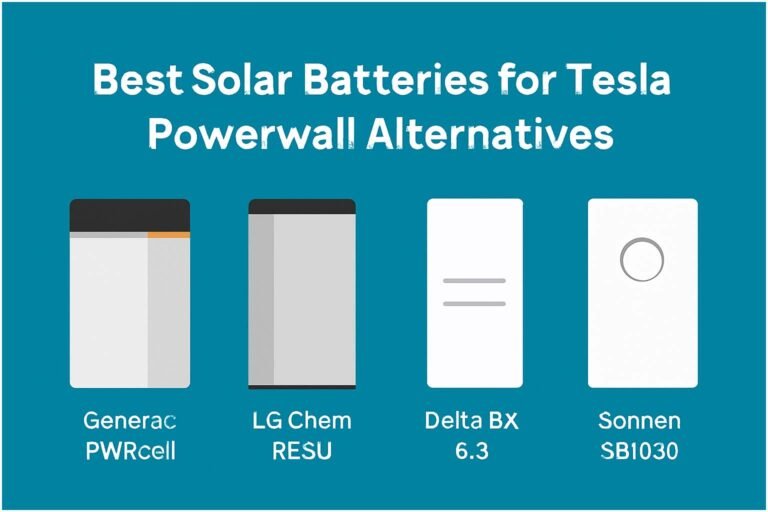
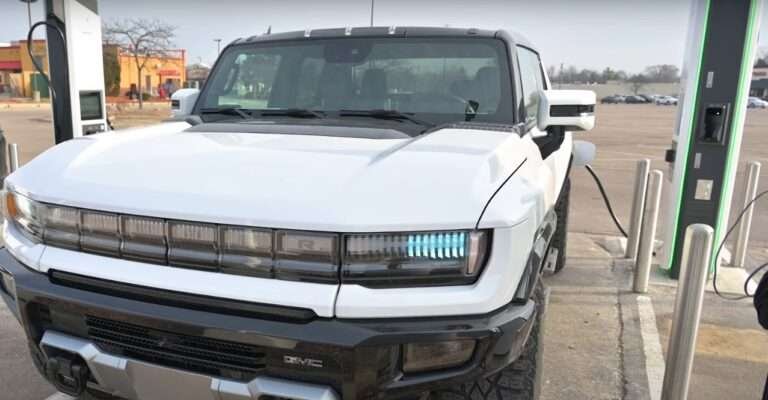
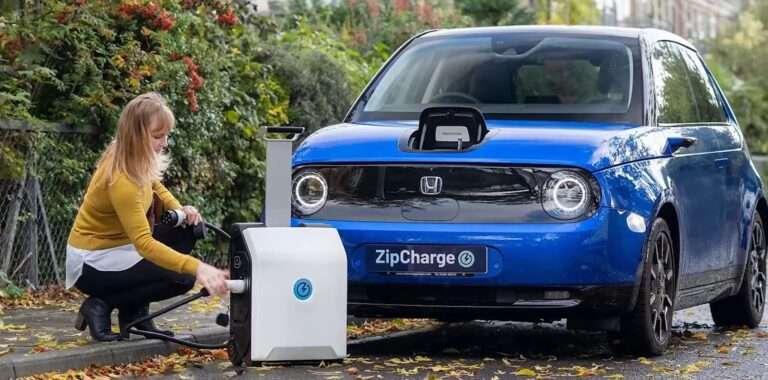
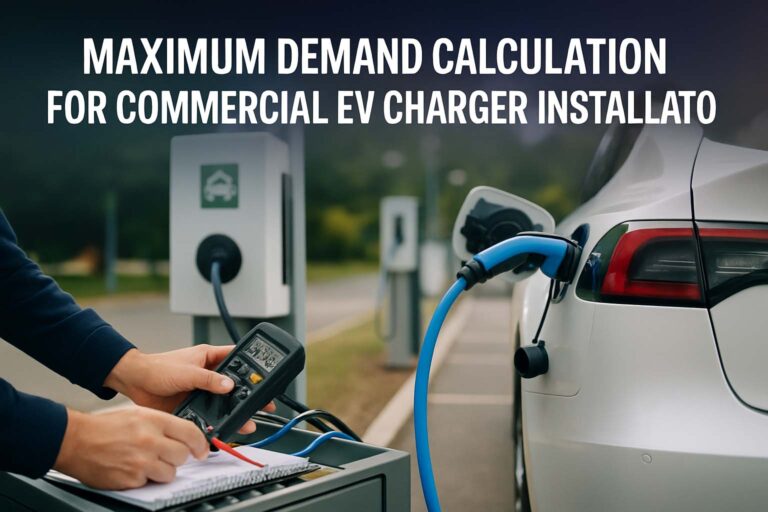
![Best EV Chargers for Hotels & Guest Accommodations [Commercial Grade] 6 Best EV Chargers for Hotels & Guest Accommodations [Commercial Grade]](https://azadtechhub.com/wp-content/uploads/2025/10/Best-EV-Chargers-for-Hotels-Guest-Accommodations-Commercial-Grade-768x512.jpg)
